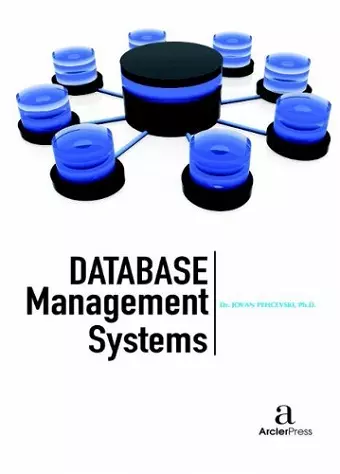Database Management Systems
Format:Hardback
Publisher:Arcler Education Inc
Published:30th Nov '16
Should be back in stock very soon

A Database Management system (DBMS) is a software system that provides basic functions for processing of large amounts of data: simple search, storage with minimum redundancy, data updates, and concurrent (competitive) usage of the same set of data, data reliability, and data security. The DBMS also enables a logical and physical independence between the application program and the data, data integrity (accuracy) and easy communication with the database via user-friendly SQL language.
Before the DBMS can be used, the database is first designed by collecting the data and identifying entities, their attributes and the relationships between entities. There is semantic and logical data modeling in the process of database design. The well-known database design models are ER (Entity Relationship) model and the UML (Unified Modeling Language). There are structural and semantic data integrity constraints imposed by the DBMS. The structural integrity means that any update operation has to bring the database in a consistent state. Semantic integrity refers to maintaining data accuracy and to enabling a functional meaning to the database features. Every DBMS should also enable transaction and query management, by using tools for data storage and retrieval, data processing (sorting, selection, joining) and new data generation tools that can be applied to the existing databases. Database security refers to the protection of databases from unauthorized use, modification, intentional damage or data destruction. Modern DBMSs ensure the security of data by using access control mechanisms, user authentication methods and data encryption algorithms. NoSQL databases provide mechanisms for storage and retrieval of data that is modeled in means other than the tabular relations used in relational databases (such as unstructured or semi-structured data, and data gathered from social media sites). These databases exist almost 50 years, but they have gained popularity recently by the advances of big data and the proliferation of reactive web development systems. ?his edition covers topics about database design and modeling, database integrity, database security, transaction and query management in the relation databases, and NoSQL databases. Section 1 focuses on Database Design, Modeling and Integrity, describing an automation of the relational database design process, articulated ER diagram for complete automation of relational database normalization, algorithm for relational database normalization up to the third normal form (3NF), meta-modeling of complex structure...
ISBN: 9781680944426
Dimensions: unknown
Weight: unknown
212 pages